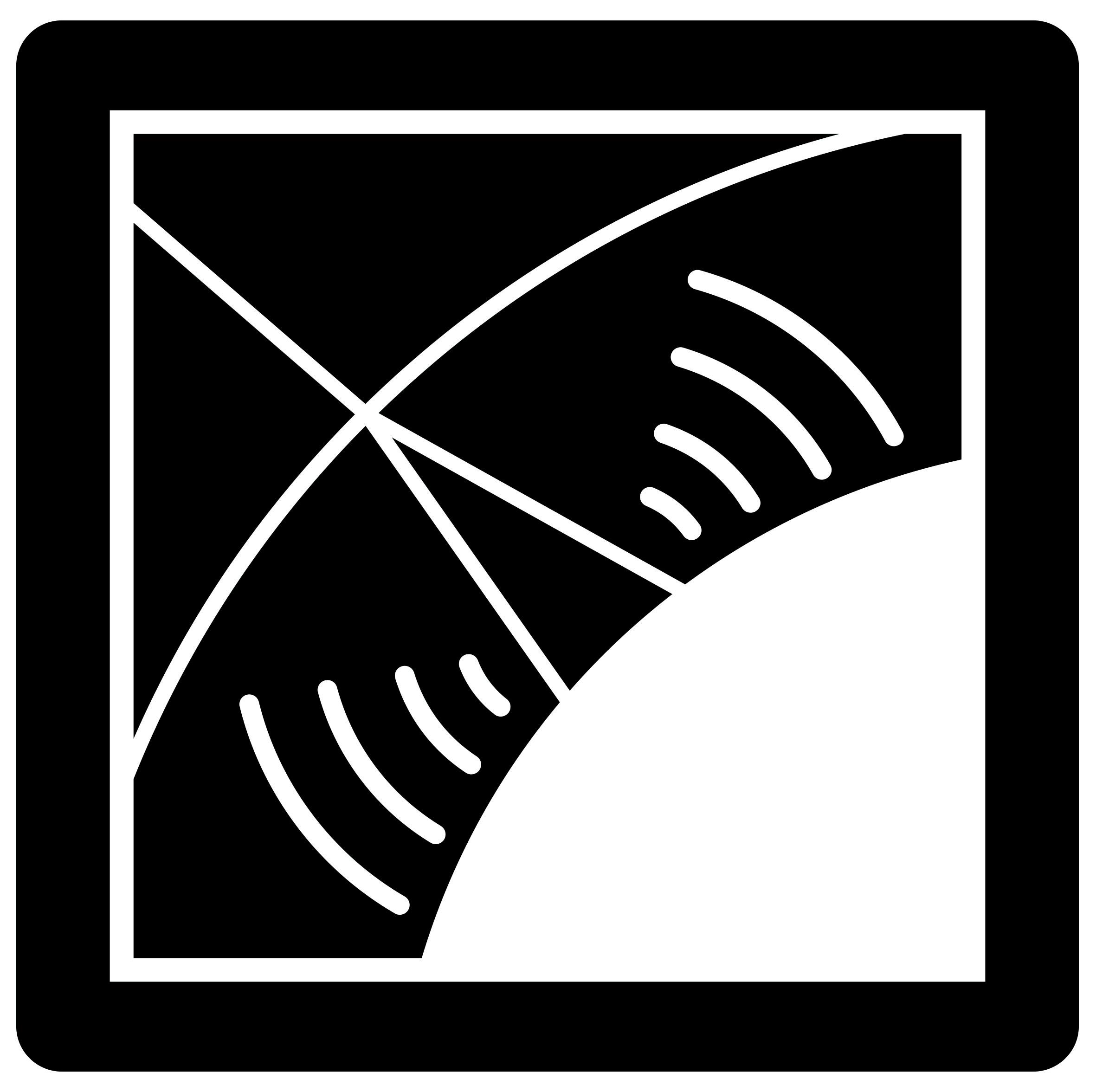2009: Colas Rivière
Colas Rivière defended his thesis on the 17th of December 2009 entitled From radio signals to cosmic rays. Colas work was one of the strongest contribution to the analysis of the radio and particle signals recorded when the instruments were in the Codalema 2 configuration. The summary of his document is the following :
Radio detection of high energy cosmic rays is currently being reinvested, both on the experimental and theoretical sides. The question is to know whether radio-detection is a competitive technique compared or in addition to usual detection techniques; in order to increase statistics at the highest energies (around 10^20 eV – where particle astronomy should be possible) or to characterize precisely the cosmic rays at lower energies (some 10^18 eV). During this work, we tried to progress towards the answer, using radio emission models, experimental data analysis and preparing the next generation of detectors. On the theoretical side, geo-synchrotron emission of the particles of the showers has been computed analytically using a simplified shower model as well as using the Monte Carlo simulation AIRES to have a realistic shower development. Various dependencies of the electric field have been extracted, among which a proportionality of the field with the -v x B vector under certain conditions. Experimentally, the analysis of CODALEMA data enabled to characterize more precisely the electric field produced by air showers, in particular the topology of the field at ground level, the energy dependency and the coherence with a -v x B proportionality. These results are summarized in an overall parametrization of the electric field. More data are probably required in order to give a definitive statement on the interest of the radio-detection technique. The CODALEMA parametrization has finally been used to extrapolate CODALEMA’s results to a future larger array, extrapolation applied in particular to the AERA detector of the Pierre Auger Observatory. Online access to his document (Thèses en ligne)
